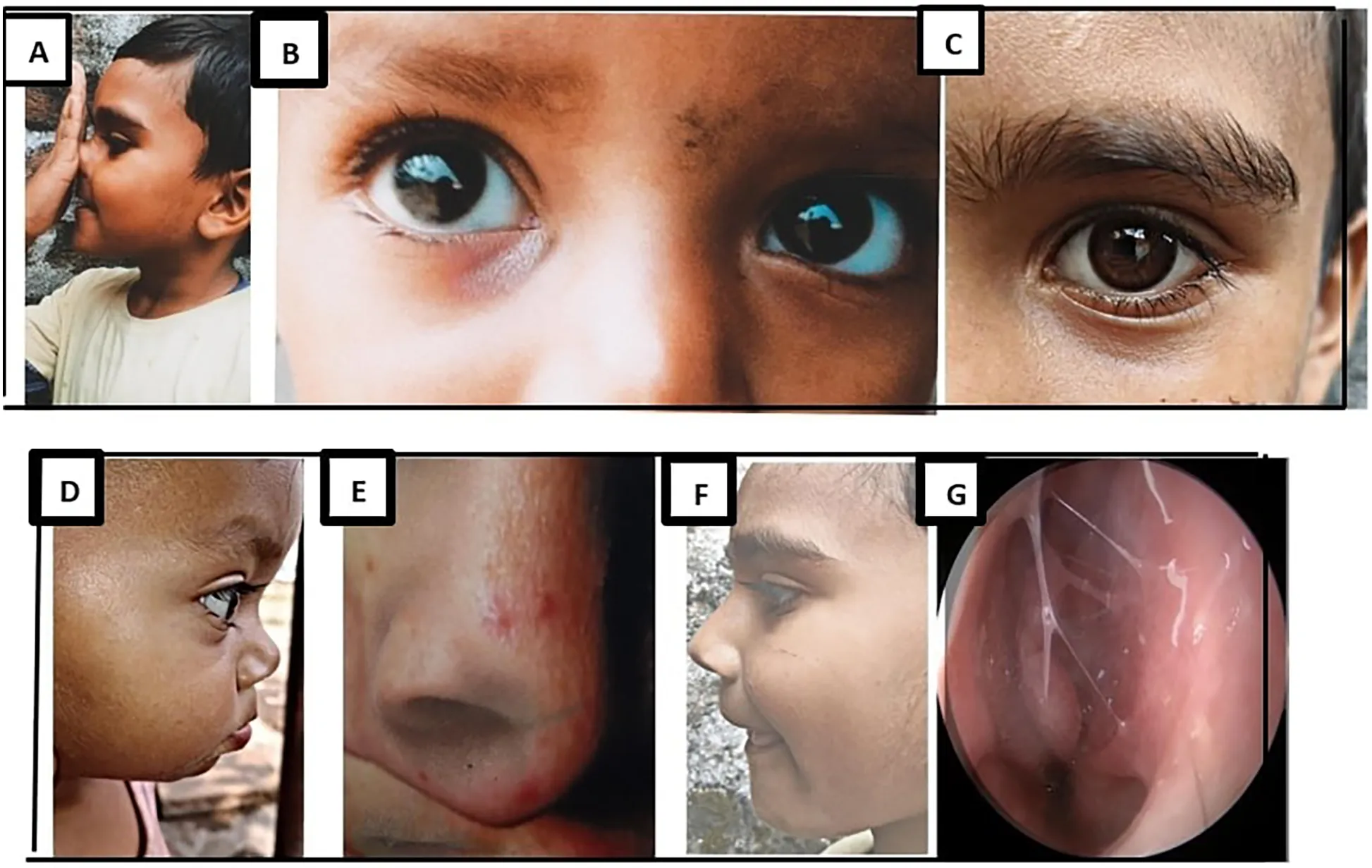Tiew PY, Narayana JK, Jaggi TK et al. Chest. 2025 Dec 10:S0012-3692(25)05826-X. doi: 10.1016/j.chest.2025.12.001. Abstract
Background: Fungal sensitization is an increasingly recognized endophenotype in chronic respiratory disease, however, its role in bronchiectasis remains poorly defined. This study aims to provide the most comprehensive evaluation to date of fungal sensitization and its clinical relevance in bronchiectasis using an expanded panel of crude and recombinant fungal allergens.
Research question: What is the prevalence and clinical implications of fungal sensitization in bronchiectasis?
Study design and methods: We conducted an international, multi-centre evaluation of fungal sensitization across six tertiary centres in four countries (Singapore, Malaysia, United Kingdom and Italy) prospectively recruiting N=277 individuals with bronchiectasis. Using a comprehensive, expanded allergen panel including 11 crude and 24 recombinant fungal allergens (total: 35 allergens and 9,695 individual assays), we assessed sensitization responses in relation to clinical characteristics, exacerbation frequency and geographic origin. Low baseline exacerbations is defined as < 3, and high as ≥ 3 in the preceding 12 months of study recruitment.
 |
Polysensitization to recombinant Aspergillus fumigatus (rAsp f)
12, 15 and 17 associates with
587 increased severe
(hospitalized) exacerbations in bronchiectasis. |
Results: Sensitization to recombinant Aspergillus fumigatus (rAsp f) links to bronchiectasis severity. Measurable responses to rAsp f allergens 12, 15, and 17 associates with severe (hospitalized) exacerbations. particularly in those with low baseline exacerbations (low-risk) .












